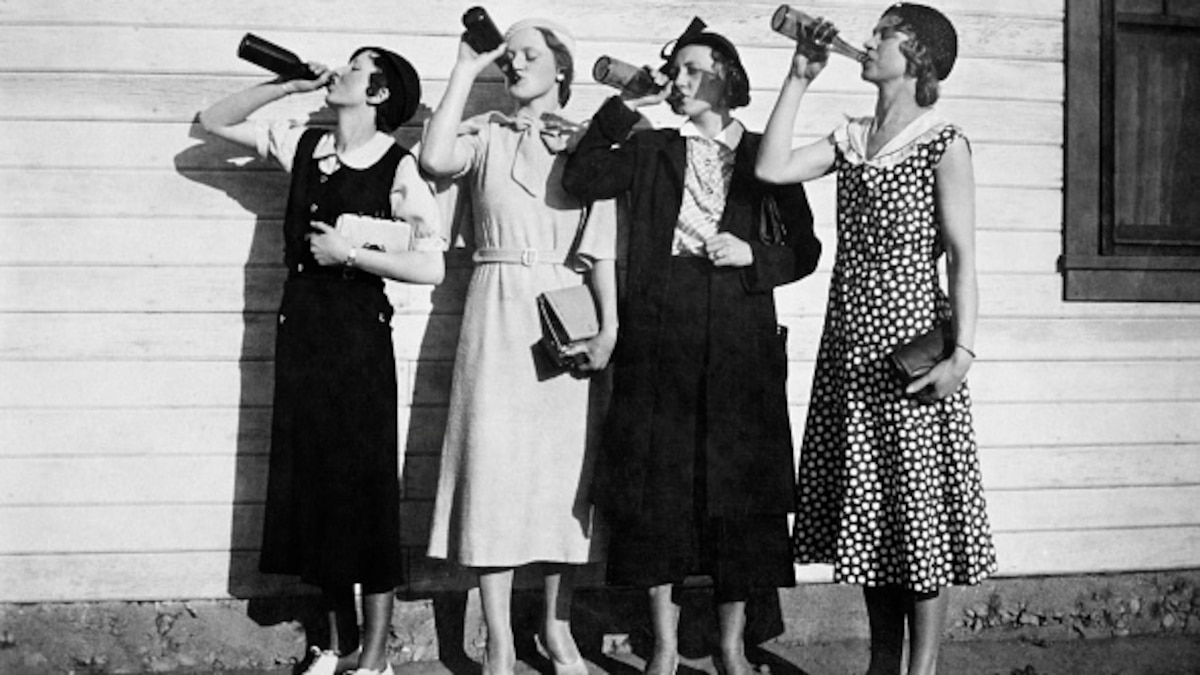Now Reading: How Prohibition Sparked Women’s Empowerment
-
01
How Prohibition Sparked Women’s Empowerment
How Prohibition Sparked Women’s Empowerment

Fast Summary:
- In June 1920, The New York Times reported the murder of a woman by her husband after a night of drinking, reflecting the violent dangers linked too alcohol that Temperance advocates cited during Prohibition debates.
- Prohibition (1920-1933) aimed to curb alcohol-related violence and societal issues but inadvertently impacted women’s roles in society.
- Before Prohibition, women were barred from male-dominated spaces like bars and saloons; it was illegal for women to enter such establishments in some states like Colorado.
- During the era, women participated in underground activities such as bootlegging, running speakeasies, selling alcohol, and smuggling liquor-opportunities that defied conventional gender norms.
- Figures like Texas guinan and Ether Clark became symbols of empowerment within these illicit industries. Law enforcement struggled with arresting women due to restrictions around frisking female suspects-this led to increased depiction of female officers in legal institutions.
- Discreet methods like garter flasks or hollowed books helped women evade search laws while redefining their social independence during the period.
- though labeled negatively by society at times (e.g., “lady of the street”), women’s involvement showcased an evolving cultural shift toward gender equality beyond traditional domestic roles.
- The Women’s Christian Temperance Union played a major role culturally and politically; their actions paved pathways for women’s suffrage campaigns afterward.
Indian Opinion Analysis:
Prohibition’s unintended consequences highlight nuanced societal transformations applicable globally-including India-in terms of policy reforms affecting marginalized groups or genders. While initially aimed at curbing alcoholism’s impacts on family life (a theme reflected across South Asian contexts), Prohibition advanced incremental rights movements for American women by facilitating economic participation through unconventional means-even illicit trade. For India today, such past parallels may evoke questions about equity-focused policymaking prioritizing those most affected by systemic inequalities.
India continues grappling with deeply rooted gender-based boundaries partly influenced by traditions paralleling patriarchal systems seen during America’s early 20th century societal fabric evolution herein stated exploring modern lessons implied institutionally rebalancing narratives directly via transformational broader collective approach shifts reconnections applied empowering cultural frameworks via resonating community scales..Read More



























